
Choosing Between Intel’s New Xeon 6 P-cores and E-cores: What’s Best for Your Workloads?
With the release of Intel's latest Xeon 6 with P-cores processor, organizations can now choose between two unique core options: P-cores (Performance-cores) and E-cores (Efficiency-cores).
But which one is right for your needs?
In a nutshell, the latest Intel® Xeon® 6 processor with Performance-cores (P-cores) means more cores, higher memory bandwidth, and enhanced AI acceleration in every core. Plus, P-core processors can run multibillion-parameter AI models without discrete accelerators.
Diverse Options to Balance Performance and Efficiency
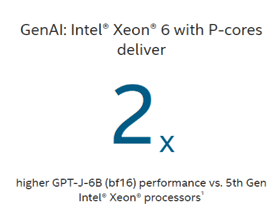
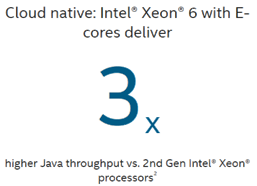
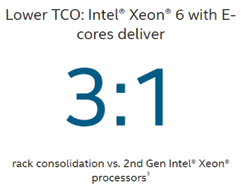
1See [9A10] at intel.com/processorclaims: Intel® Xeon® 6. Results may vary.
2See [7W4] at intel.com/processorclaims: Intel® Xeon® 6. Results may vary.
3See [7T1] at intel.com/processorclaims: Intel® Xeon® 6. Results may vary.
If you’re looking to upgrade and wondering which processor best fits your needs, here’s a quick overview:
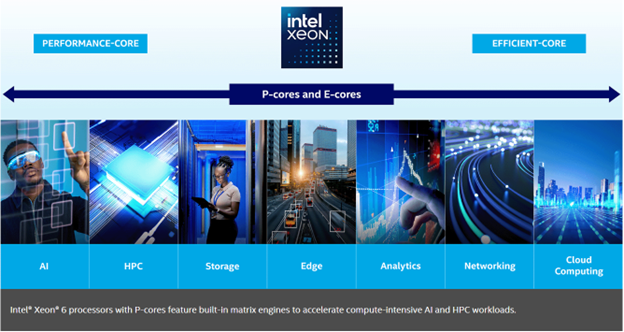
Overview of the Intel Xeon 6 Processor Family
All Intel Xeon 6 processors, regardless of P-core or E-core focus, feature the same instruction sets, BIOS, and built-in I/O accelerators. They also support the same drivers, operating systems, and applications and the same reliability, availability, and serviceability (RAS) capabilities that datacenters rely on.
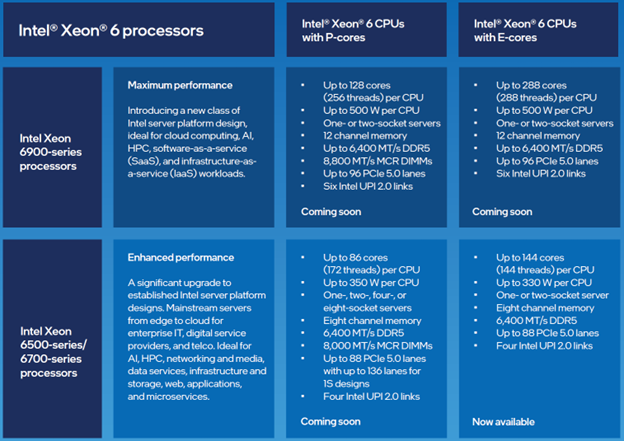
For more information on the Intel Xeon 6 processor family, download the Product Brief. Check back here soon to place an order for systems based on these latest processors.